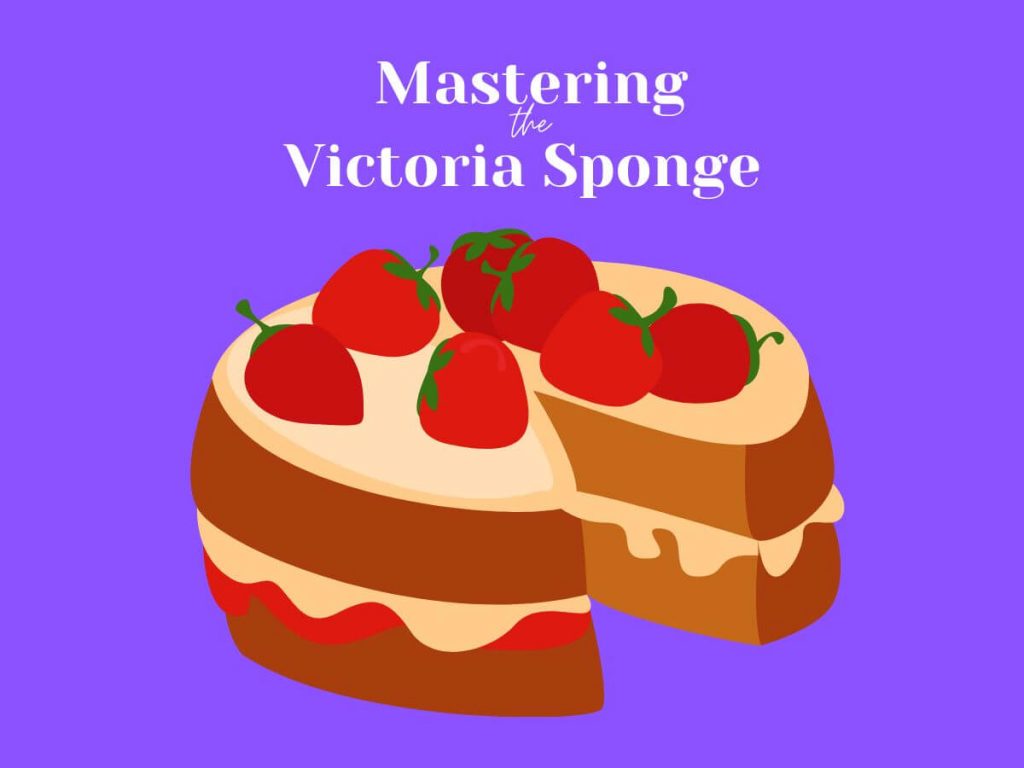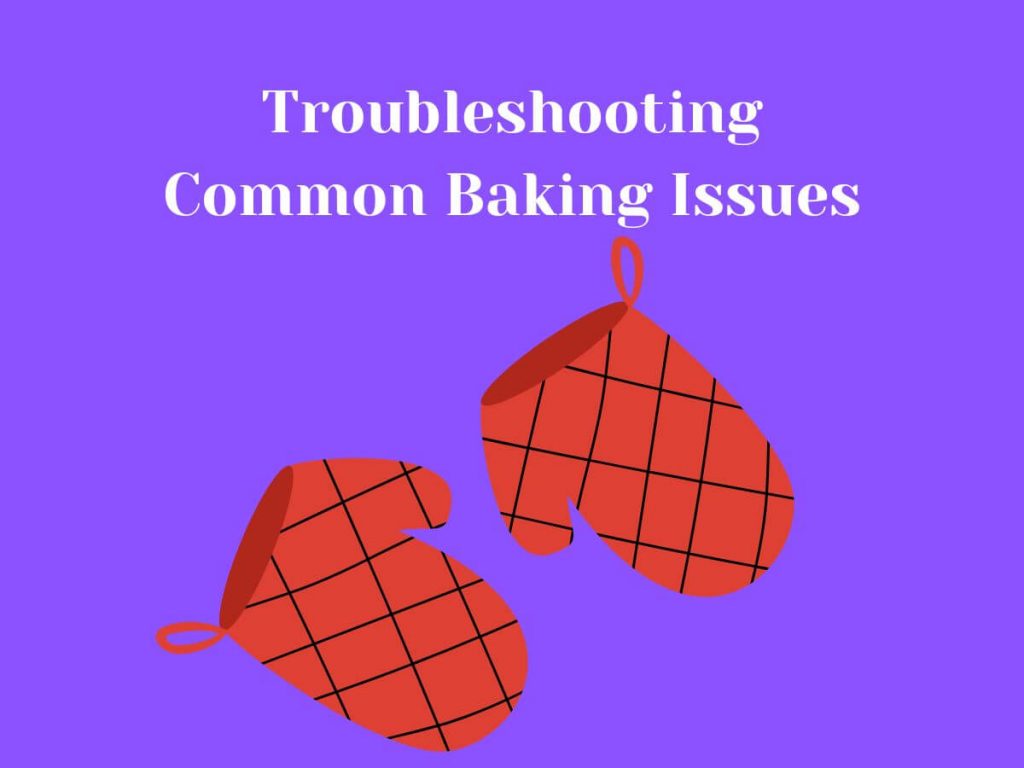Have you ever tried to bake a perfect scone or Victoria sponge, only to end up with a dry, flat disaster? You’re not alone. Many homebakers struggle to recreate these British classics, leaving them frustrated and disappointed.
Imagine serving rock-hard scones at your next tea party or watching your Victoria sponge collapse as soon as you take it out of the oven. It’s embarrassing and disheartening, especially when you’ve put in so much effort. Without the right know-how, these beloved treats can seem impossible to master.
But don’t give up on your British baking dreams just yet! This ultimate guide is here to solve all your baking woes. We’ll walk you through each step of creating mouth-watering scones and a show-stopping Victoria sponge. You’ll learn the secrets to achieving that perfect rise, delicate crumb, and irresistible flavor that British bakes are famous for.
Get ready to impress your friends and family with some classic British baking and your newfound skills. With our easy-to-follow tips and tricks, you’ll be whipping up tea-time treats like a pro in no time. Let’s get baking!
Table of Contents
Essential Ingredients and Equipment

Before we dive into baking, let’s talk about what you’ll need in your kitchen. Having the right ingredients and tools is key to making delicious British treats. For ingredients, you’ll want to stock up on flour, sugar, butter, and eggs. These are the building blocks of most British bakes. Don’t forget baking powder and bicarbonate of soda for that perfect rise. Other handy items include vanilla extract, cocoa powder, and a variety of spices like cinnamon and nutmeg. When it comes to equipment, a good set of mixing bowls, measuring cups, and spoons are must-haves. An electric mixer can be a real time-saver, but you can also mix by hand if you prefer. Baking trays, cake tins, and a reliable kitchen scale and oven thermometer will ensure your bakes turn out just right. With these essentials on hand, you’ll be ready to tackle any British baking challenge that comes your way 1,2,4.
Mastering the Victoria Sponge

The Victoria Sponge is classic British baking to a tee; both simple and elegant. Named after Queen Victoria, this cake is a true test of a baker’s skill. The key to a perfect Victoria Sponge lies in its light, airy texture and delicate flavor. To achieve this, you’ll need to master the art of creaming butter and sugar until it’s light and fluffy. This process incorporates air into the mixture, giving the cake its signature lightness. Eggs should be added gradually to prevent curdling, and flour should be folded in gently to keep the air bubbles intact. The batter is then divided between two cake tins and baked until golden. Once cooled, the cakes are sandwiched together with a layer of jam and whipped cream. The top is usually dusted with a light sprinkling of caster sugar. Remember, the beauty of a Victoria Sponge lies in its simplicity, so resist the urge to over-decorate 1,4.

The Art of Perfect Scones
Scones are a staple of British baking, often served as part of a traditional afternoon tea. These small, lightly sweetened biscuits can be tricky to master, but with a few tips, you’ll be baking perfect scones in no time. The secret to light, fluffy scones is to handle the dough as little as possible. Overworking the dough can lead to tough, chewy scones. Start by rubbing cold butter into flour until it resembles breadcrumbs. Add sugar if you’re making sweet scones, then mix in milk to form a soft dough. Gently pat the dough into a round about an inch thick, then cut out your scones using a round cutter. Brush the tops with milk or beaten egg for a golden finish. Bake in a hot oven until risen and golden. Serve warm with clotted cream and jam for a true British treat. Remember, practice makes perfect when it comes to scones, so don’t be discouraged if your first batch isn’t quite right 1,4.

Delightful Tea-Time Treats
Tea time in Britain is more than just a cup of tea. It’s a chance to enjoy some tasty treats too. There are so many yummy options to choose from. You might have heard of some classics like scones with jam and cream. But there’s a whole world of tea-time goodies to explore. How about trying a slice of Victoria sponge cake? It’s a light cake filled with jam and cream, perfect with a cup of Earl Grey. Or you could nibble on some shortbread, a buttery Scottish cookie that melts in your mouth. For something different, why not taste a Bakewell tart? It’s a sweet pastry filled with jam and almond flavour. These treats aren’t just delicious; they’re part of a long tradition. People have been enjoying them for afternoon tea for generations. So next time you sit down for a cuppa, try one of these classic British treats. They’ll make your tea time extra special 1,2,4,5,6,7,9.

Savory British Bakes
When we think of British baking, sweet treats often come to mind first. But there’s a whole world of savory bakes that are just as delicious. These hearty treats are perfect for lunch, dinner, or even as a snack. One of the most famous is the Cornish pasty; a hand-held pie filled with meat and vegetables. Perfect for a quick meal! Then there’s the classic quiche, a savoury tart filled with eggs and cheese. For something smaller, try a sausage roll or a cheese scone – they’re like regular scones but with a cheesy twist. If you’re looking for something to go with soup, Welsh rarebit is a must-try. These savoury bakes aren’t just tasty; they’re also part of British food history, with many of them created as portable meals for workers. Today, they’re enjoyed by everyone, from busy office workers to families sitting down for dinner, so give one of these British bakes a try 1,3.

Seasonal and Holiday Favorites
British baking really shines during holidays and special seasons. Each time of year brings its own tasty treats. In spring, you’ll find hot cross buns at Easter. These sweet, spiced buns are marked with a cross on top. When summer comes, it’s time for strawberry shortcake. This dessert makes the most of fresh, juicy strawberries. Fall brings warming treats like apple crumble, perfect for chilly evenings. But it’s Christmas that really takes the cake for British baking. Mince pies, filled with sweet dried fruits, are a must-have. The star of the show is often the Christmas pudding. It’s a rich, fruity dessert that’s traditionally set on fire before serving! Don’t forget about the Christmas cake, a fruit cake covered in marzipan and icing. These seasonal treats are more than just food. They’re part of British traditions, bringing families together to celebrate. Many people look forward to these special bakes all year. So why not try making some of these seasonal favorites? They’re a great way to bring a bit of British tradition into your own home 2,8,10.

Tips and Tricks from British Baking Experts
British baking experts have shared some great tips to help you bake like a pro. Mary Berry, a famous baker, says weighing ingredients carefully is key. Even a small mistake can change how your bake turns out. Paul Hollywood suggests kneading with oil instead of flour, to keep the dough from getting too sticky. For a nice crust on your bread, try putting a tray of water in the oven while baking. This creates steam that helps the bread rise, giving it a lighter crust. When making cakes, use caster sugar instead of regular sugar. It dissolves better and gives you a smoother cake top. If you’re blind baking, you can use rice or lentils instead of special baking beans. These tips from the experts can help make your bakes turn out great every time.

Troubleshooting Common Baking Issues
Even experienced bakers sometimes run into problems. But don’t worry – most baking issues have simple fixes. If your cake sinks in the middle, it might be because you opened the oven door too soon. Try to resist peeking until it’s almost done. For cookies that spread too much, your dough might be too warm. Chill it in the fridge for a bit before baking. If your cake is too dense, you might have overmixed the batter. Mix just until everything is combined. Dry cakes often happen when there’s too much flour or they’re overbaked. Measure carefully and check your oven temperature. For uneven browning, your oven might have hot spots. Try rotating your bakes halfway through cooking. If fruits sink in your cake, toss them in a little flour before adding to the batter. This helps them stay put. Remember, practice makes perfect in baking. Don’t get discouraged if things don’t turn out right the first time.
Conclusion
Now that you’ve learned these tips and tricks for classic British baking, it’s time to put them into practice! Don’t be afraid to try new recipes and techniques. Remember, even the experts had to start somewhere. With patience and practice, you’ll soon be baking scones and Victoria sponges like a pro. Baking is not just about following recipes; it’s about creating memories and sharing joy with others. So grab your apron, preheat the oven, and start your British baking adventure today!
If you need more information or have any questions, feel free to reach out to me at info@ayoogidan.com. Happy baking!
Frequently Asked Questions:
Q: What’s the secret to light, fluffy scones?
Handle the dough as little as possible to keep scones light and fluffy.
Q: How can I prevent my Victoria Sponge from sinking in the middle?
Avoid opening the oven door too soon while baking.
Q: What’s a good substitute for special baking beans when blind baking?
You can use rice or lentils instead of special baking beans.
Q: How can I ensure even-sized meringues or choux buns?
Draw template circles on parchment paper and flip it over before piping.
Q: Can I make bread dough the night before baking?
Yes, you can leave dough in the fridge overnight for a slow, cold prove.
Q: How do I prevent fruits from sinking in my cake?
Toss fruits in a little flour before adding them to the batter.
Q: What’s the difference between baking powder and baking soda?
Baking powder contains baking soda plus other ingredients and is more stable.
Q: How do I know when my bread dough has proofed enough?
The dough should roughly double in volume and spring back when touched.
Q: Can I substitute oil for butter in cupcakes?
Yes, oil can give cupcakes a softer texture and more shine.
Q: How do I fix a cake batter that’s too stiff?
Add a little water at a time until the batter reaches the right consistency.